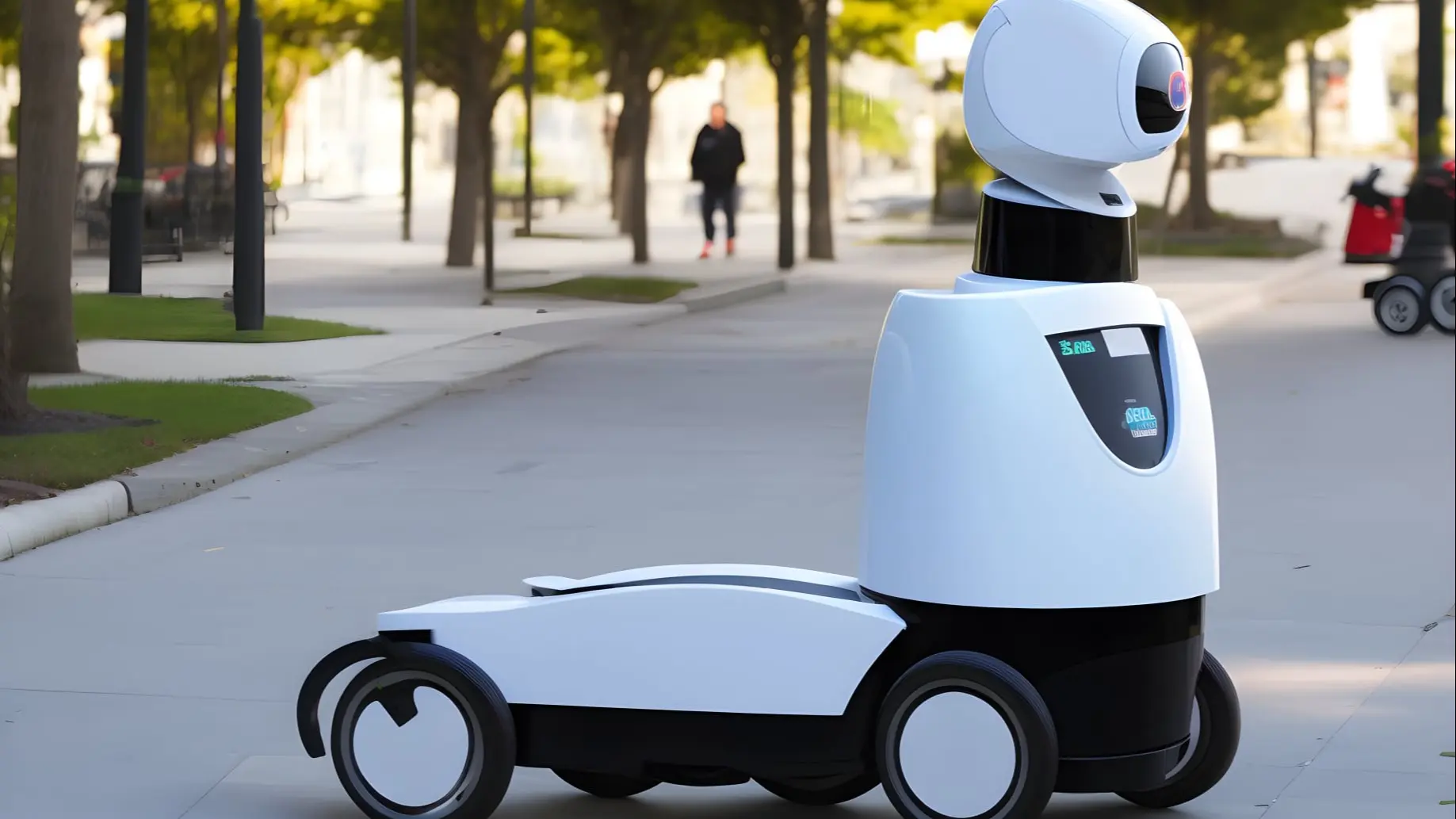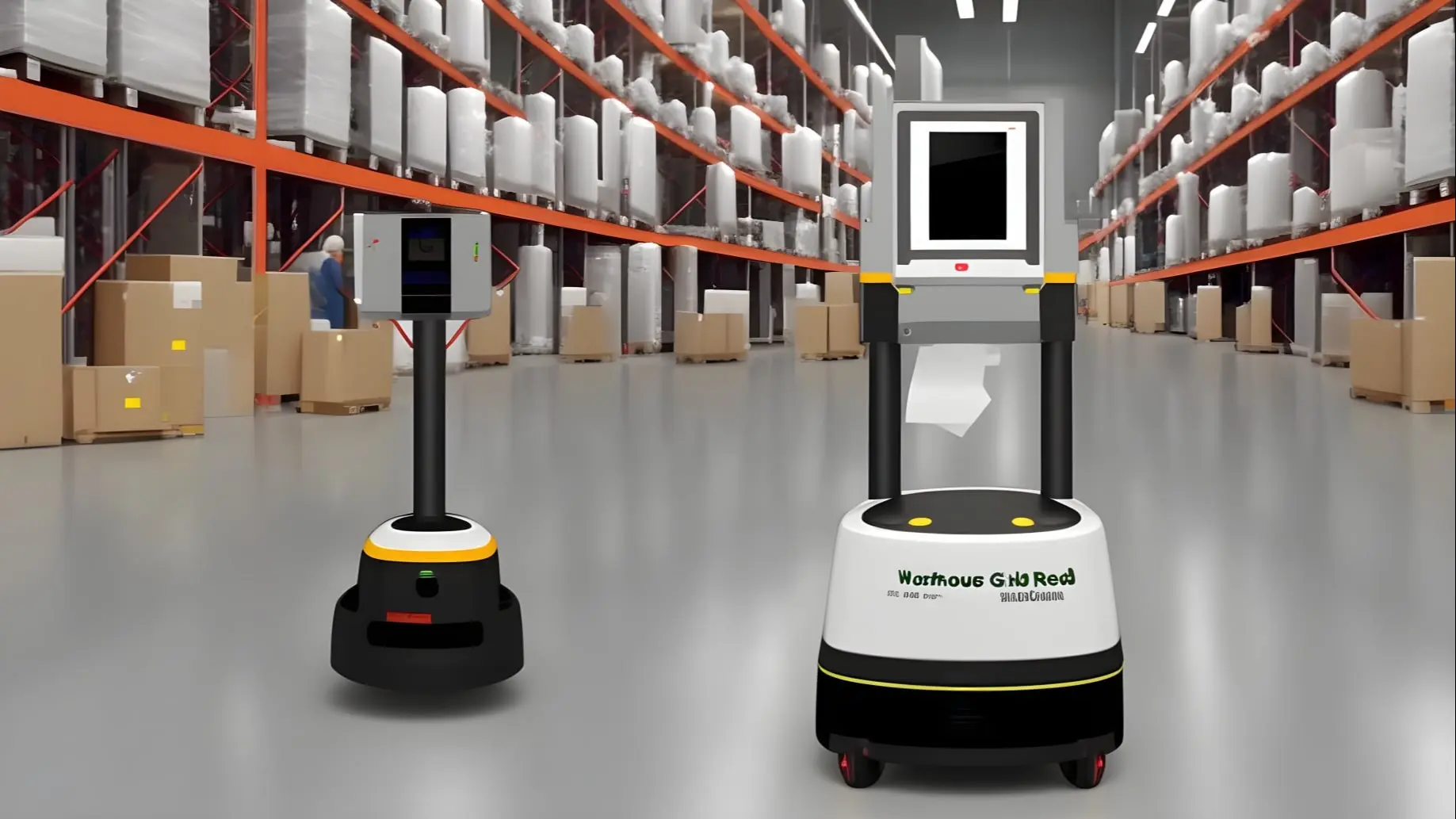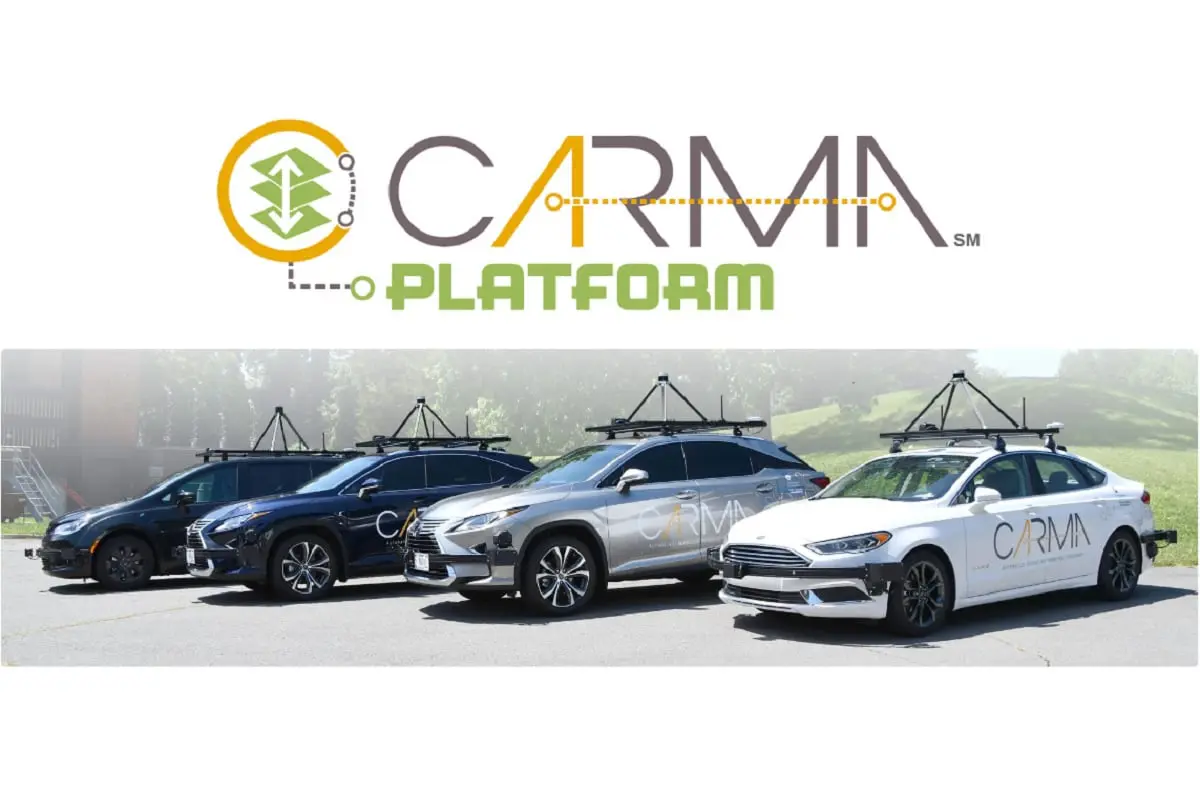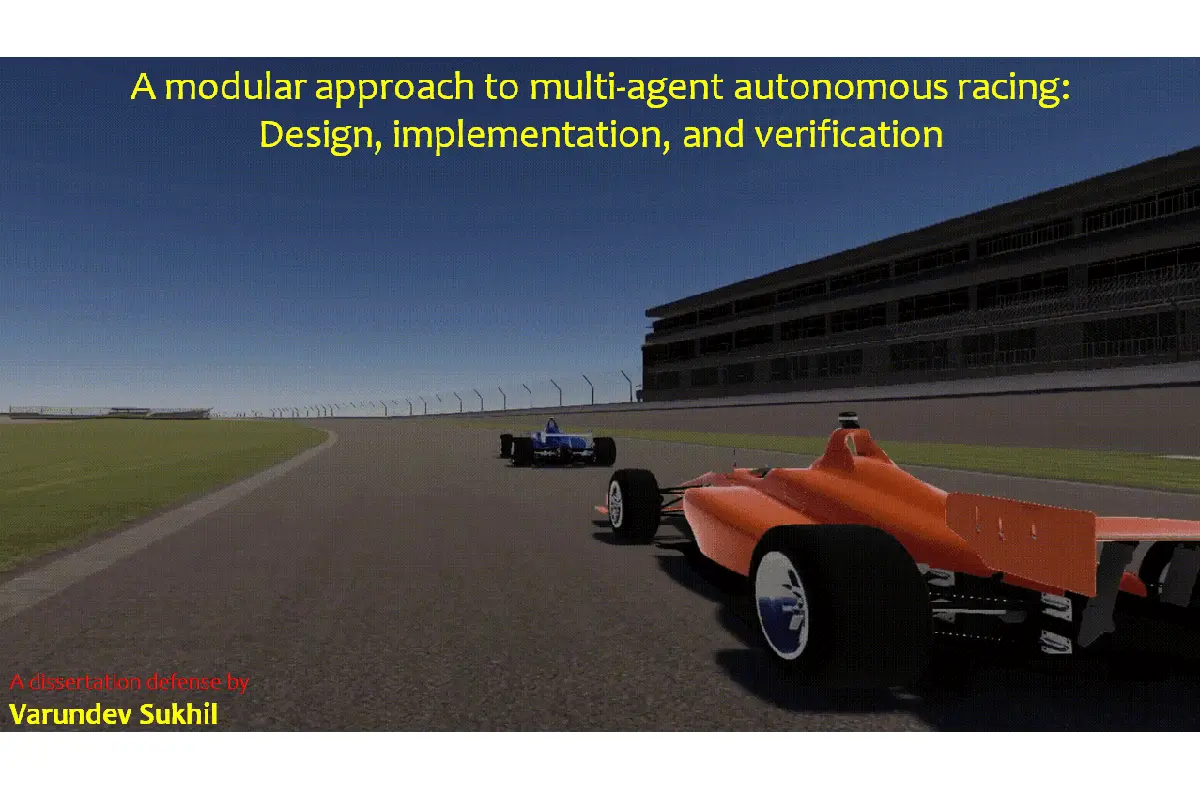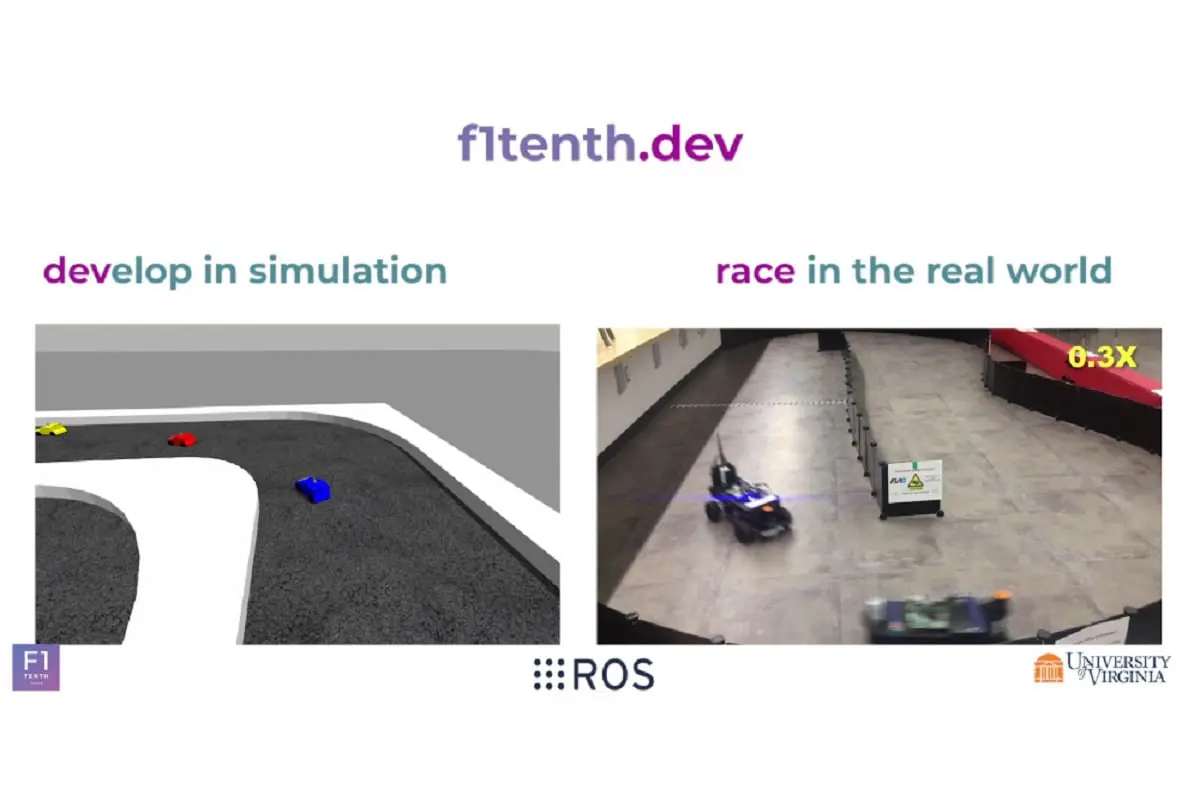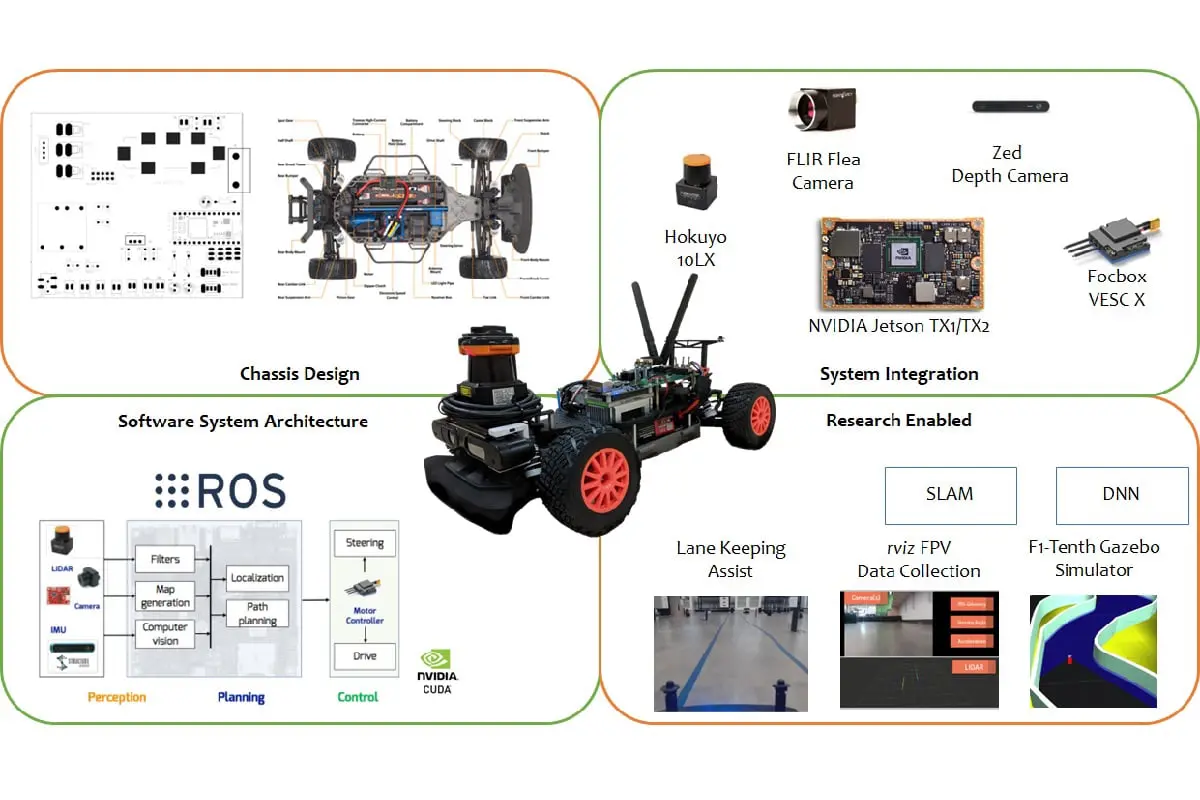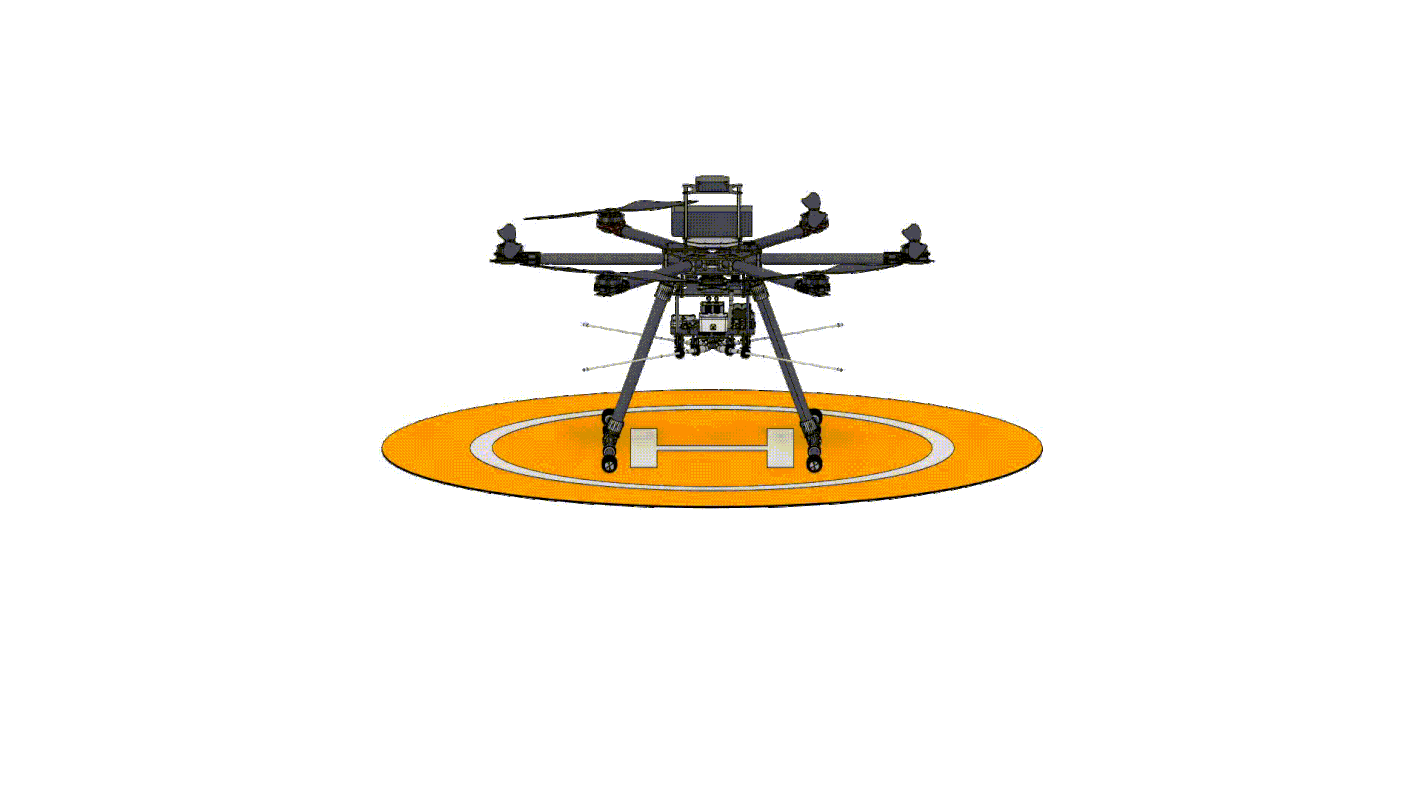HYPR (Hyprlabs, Inc.)
Research Engineer
I worked on a contract to create the company's first prototype of a two-wheeled self-balancing side-walk delivery robot. I used rapid prototyping techniques (CNC, FDM, PCB/A, etc.) to build the prototype and I integrated the controllers, actuators, and sensors to the robot. I also created a software stack that could localize the robot and move it to target positions.
